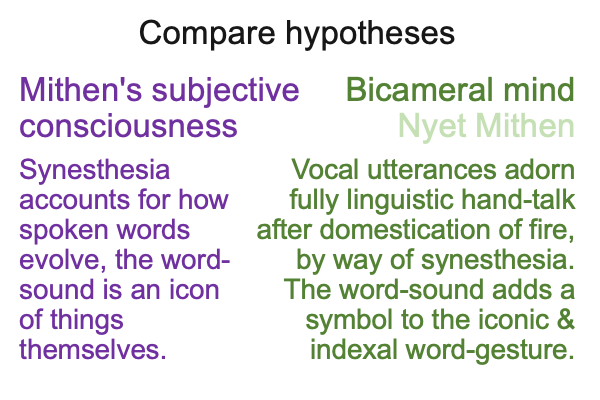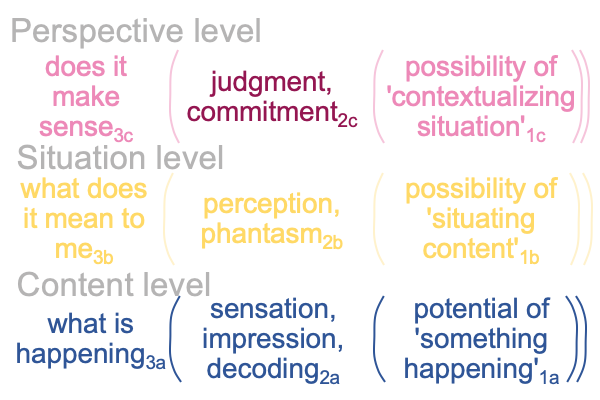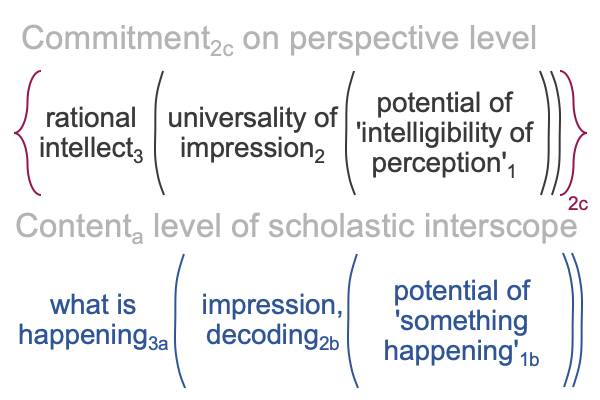0287 A quick recap is in order.
Looking at Steven Mithen’s Book (2024) “The Language Puzzle” appears in serial during September 2025 in Razie Mah’s blog and claims that Mithen’s subjective consciousness proposes one hypothesis and his bicameral mind intimates another.

0288 Remarkably, Mithen consciously presents one hypothesis, while simultaneously offering enough information that an informed reader can construct the other.
The conscious hypothesis offers a distraction that veils the bicameral hypothesis.
The distraction and veiling call to mind Julian Jaynes’s paradigm where subjective consciousness historically originates from the breakdown of the bicameral mind.
Subjective consciousness inhibits the um… “auditory hallucination”… that provides a more cogent answer to the question that Mithen is nyet posing, “How does speech get added to hand talk after the domestication of fire and the evolution of voluntary neural control of the vocal tract due to natural selection for singing?”
289 So what is happening?
0290 According to Mithen’s judgment2c, the hypothesis on the left prevails, so a refusal to consider a gestural origin to language3a serves as the normal context3a for a book2a that examines current modern research on language as pieces of a jigsaw puzzle. The pieces must fit together, because that is what jigsaw puzzle pieces do1a.
The ironic detail?
The judgment2c is decoded by a neural substrate, say… Wernicke’s region… in the left hemisphere of the human brain.
0291 According to Mithen’s commitment2c, the hypothesis in the mirror region of the right hemisphere is available, if only Mithen considers the gestural origin of language3a. If Mithen accepts the option, then the question of why spoken words are currently the only manner in which language manifests arises, posing a challenge to modern anthropology’s commitment to uniformitarianism. Yes, there is a twist to human evolution. Razie Mah has been on that illumination for over a decade. Consider The First Singularity and Its Fairy Tale Trace (available at smashwords and other e-book venues).
0292 The ironic detail?
The commitment2c arises in… say… a mirror of the left hemisphere’s Wernicke’s region… in the right hemisphere of the human brain.
If only Mithen could drink a few cocktails and listen to his own “auditory hallucinations”.
0293 Okay, before delving into the brain tissue… I mean… issue, allow me to introduce the interventional sign-relation, which first appears in Comments on Sasha Newell’s Article (2018) “The Affectiveness of Symbols” (by Razie Mah, available at smashwords and other e-book venues) and is formalized in Looking at John Deely’s Book (2010) “Semiotic Animal” (appearing in Razie Mah’s in October 2023).
0294 I start with a general picture of the scholastic interscope for how humans think.

0295 The subjectively conscious author, Steven Mithen, relies on judgment2c, so the hypothesis discussed in point 0289defines the book, The Language Puzzle. The above three-level interscope conveys the intentionality and rationality characteristic of the judgment idealized by medieval scholastics.
0296 But, substitute commitment2c in for judgment2c, then the category-based nested form of unfolded judgment may be juxtaposed against the content-level of the scholastic interscope, as shown in the following figure.

0297 The entire superior category-based nested form belongs to commitment2c. Commitment2c is the perspective-level actuality2c for the scholastic interscope for how people think. Judgment2c unfolds into commitment2c. Commitment2cis one element, even though it contains three elements, one belonging to each category. Thirdness brings secondness into relation with firstness.
The entire inferior category-based nested form manifests the contenta level for the same scholastic interscope. The normal context of what is happening3a brings the actuality of a kind of impression (in Latin, a species impressa2a) which includes decoding, as well as sensory information and feelings, into relation with the possibility of ‘something happening’1a.
0298 I notice similarities between each element in thirdness, secondness and firstness.
0299 What do these similarities imply?
The question arises, “Do these similarities somehow constitute an interventional sign-relation, where the perspective-level actuality2c constitutes a sign-vehicle (SVi), the content-level actuality2a manifests as a sign-object (SOi) and the content-level normal context3a and potential1a construct the sign-interpretant (SIi)?”
